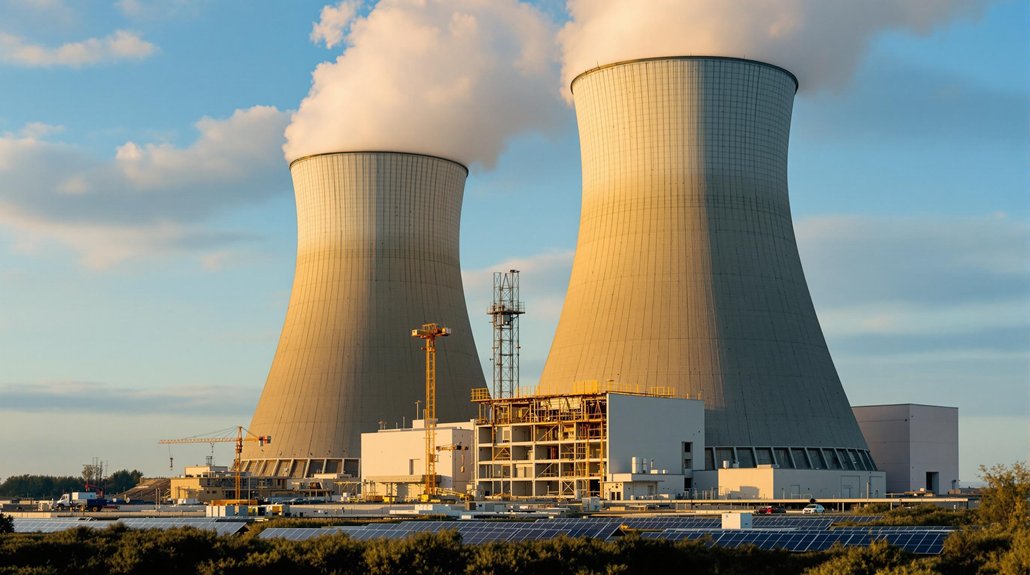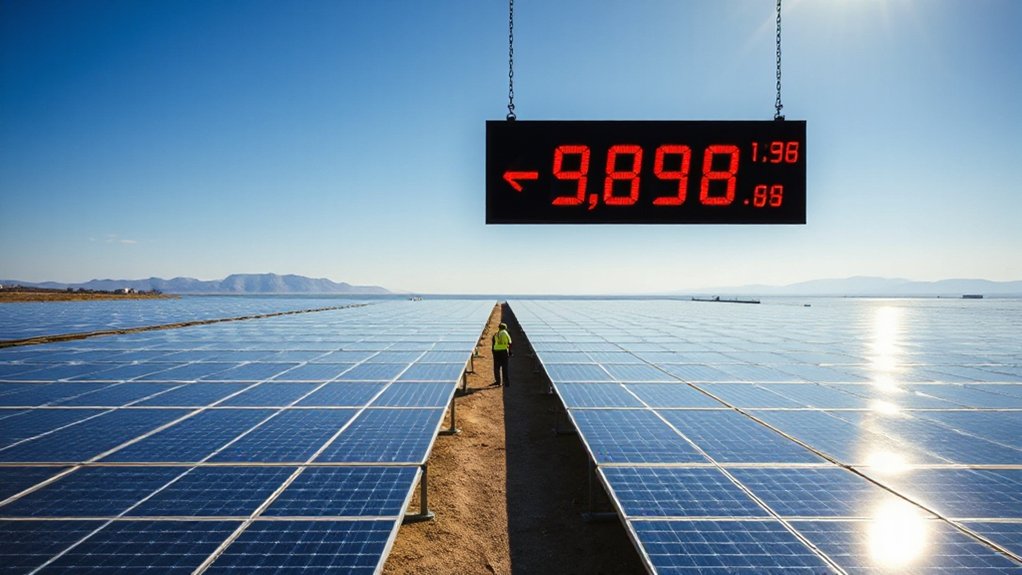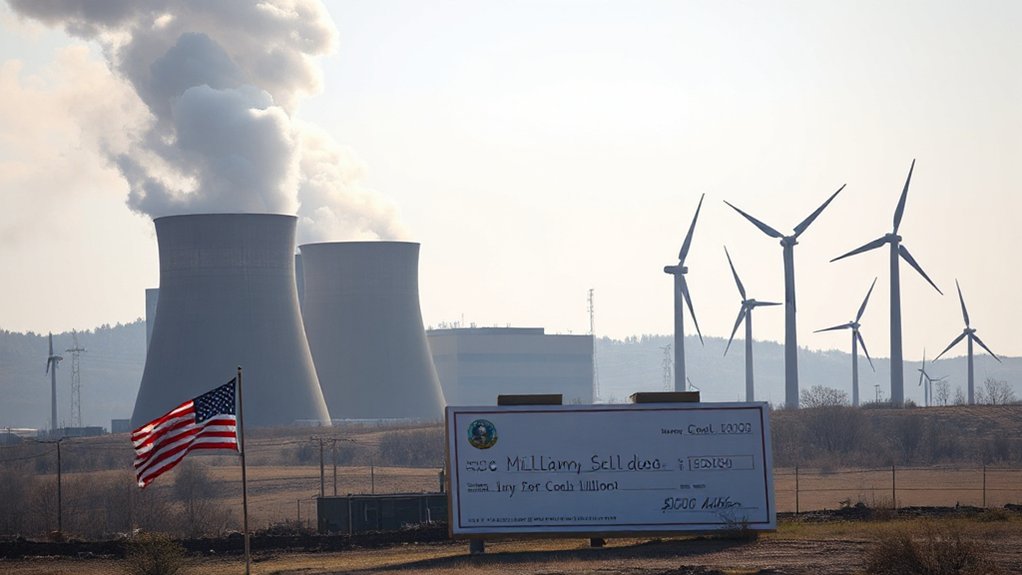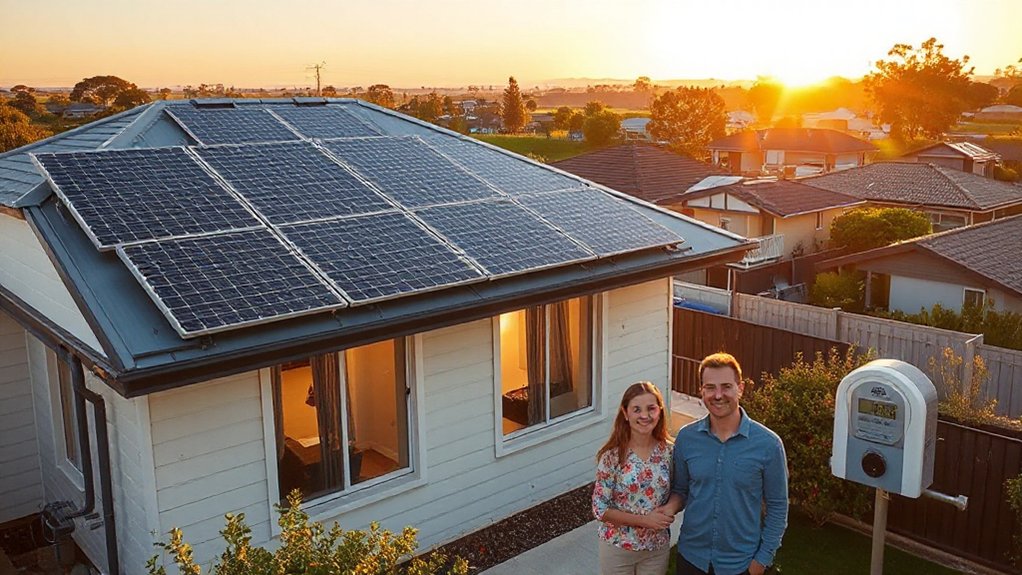Louisiana’s solar industry is booming with a 34% increase in capacity since 2023. First Solar’s $1.1 billion manufacturing facility will create 700 jobs by 2025. The state currently ranks 31st in solar capacity but expects to add over 3,000 megawatts in five years. With $2.1 billion in total investments and 3,308 workers employed, Louisiana’s solar sector is transforming the state’s energy landscape. The economic impact could reach $780 million.
The sun is shining brightly on Louisiana’s growing solar industry. The state has seen a 34% increase in installed solar capacity since the second quarter of 2023. While Louisiana currently ranks 31st nationally in solar capacity, it’s expected to add 3,164 megawatts (MW) over the next five years.
First Solar’s announcement of a $1.1 billion manufacturing facility has captured national attention. The 2.4-million-square-foot plant will create 700 jobs by the end of 2025. This investment is part of the $2.1 billion total invested in Louisiana’s solar industry, which currently employs 3,308 workers. The facility will have impressive production capabilities, manufacturing a dozen panels per minute when fully operational.
The economic impact of solar investments in Louisiana could generate between $468 million and $780 million. There are now 65 solar companies operating in the state, including 5 manufacturers and 30 installers or developers. This growth aligns with nationwide trends showing solar installations boost home values in the real estate market.
Major projects are already powering thousands of homes across Louisiana. The LA3 West Baton Rouge Solar Facility generates 74.5 MW, enough to power nearly 8,000 homes. In New Orleans, the TCI Alvar installation provides 2.4 MW, powering more than 257 homes. Even the Mall of Louisiana in Baton Rouge hosts a 1.3 MW solar project.
The state recently received $156 million for the Solar for All program, which will help low-income residents access solar energy. According to industry projections, solar energy is expected to contribute up to 81% of new power generation in the coming years. The funding will support rooftop and community solar development, plus solar-powered resilience hubs for hurricane protection.
Despite this growth, challenges remain. Federal solar tax credits began phasing out in 2020, and state tax credits have expired. Utilities have reached their capacity for full retail net metering, and net billing offers only partial credit for excess energy.
Looking ahead, Louisiana is focusing on industrial- and utility-scale solar development. Developers are taking advantage of Inflation Reduction Act funding, and the state is exploring hydrogen, wind, and alternative fuel opportunities.
Solar currently provides 1.56% of Louisiana’s electricity, but that percentage is set to rise considerably.









